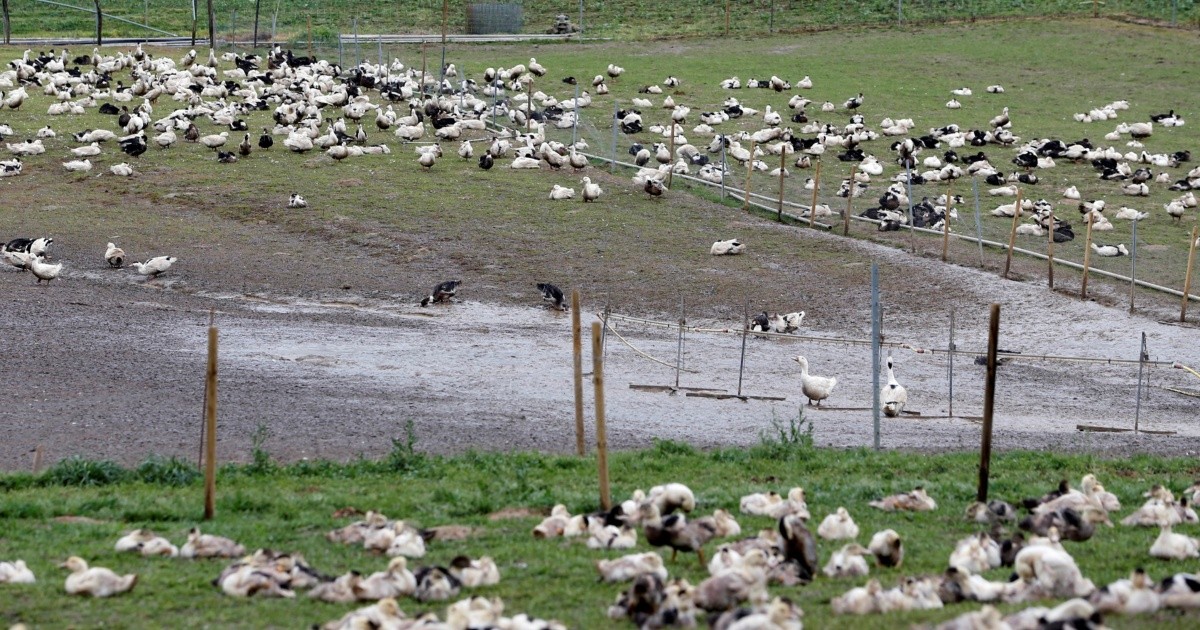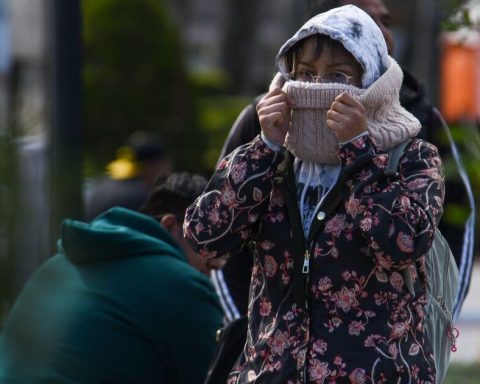Peruvian health authorities announced this Thursday the slaughter of some 37,000 poultry on a farm after confirming that they are infected with bird flureported this Thursday the National Agrarian Health Service (Senasa).
“They have all been slaughtered, this infectious focus has already ended on a small farm in Huacho (north of Lima), with a population of approximately 37,000 birds,” said Jorge Mantilla, head of Senasa’s Disease Control, quoted by the state agency. Andean.
The extermination of infected birds is part of the measures implemented within the framework of the health emergency in force in the face of the avian flu outbreak.
It is about preventing the disease, which is highly lethal in birds, from spreading to other locations,” said the veterinarian.
Some 14,000 seabirds, mostly pelicans (10,257), have died from bird flu in recent weeks.
In addition to the slaughter of the poultry in Huacho, another slaughter took place in the Gallito town center, in Lambayeque, in northern Peru, where some 700 birds were slaughtered in order to control and prevent the spread of the virus.
The bird flu outbreak caused the ban on cockfighting and poultry fairs planned for the Christmas and New Year holidays.
“We urge tournament organizers to abide by this provision and postpone their tournaments immediately until the health emergency is lifted,” said a statement from the Union of Galleros of Peru.
In turn, the Peruvian Poultry Association ruled out that the outbreak puts “the consumption of birds and eggs” in the country at risk.
Peru declared a national health emergency on Wednesday for 90 days after confirmed cases of H5N1 avian influenza in farm-raised poultry.
According to Senasa, the disease is being transmitted from “wild birds that come from North America” and reach Patagonia.
The first outbreak of avian influenza in the Americas occurred in Canada last year and in January 2022 the virus was detected in the United States, affecting poultry production, according to Peruvian authorities.
Avian influenza is a disease that has no cure or treatment, it causes high mortality in wild and domestic birds such as ducks, chickens, chickens, turkeys, among others.
















